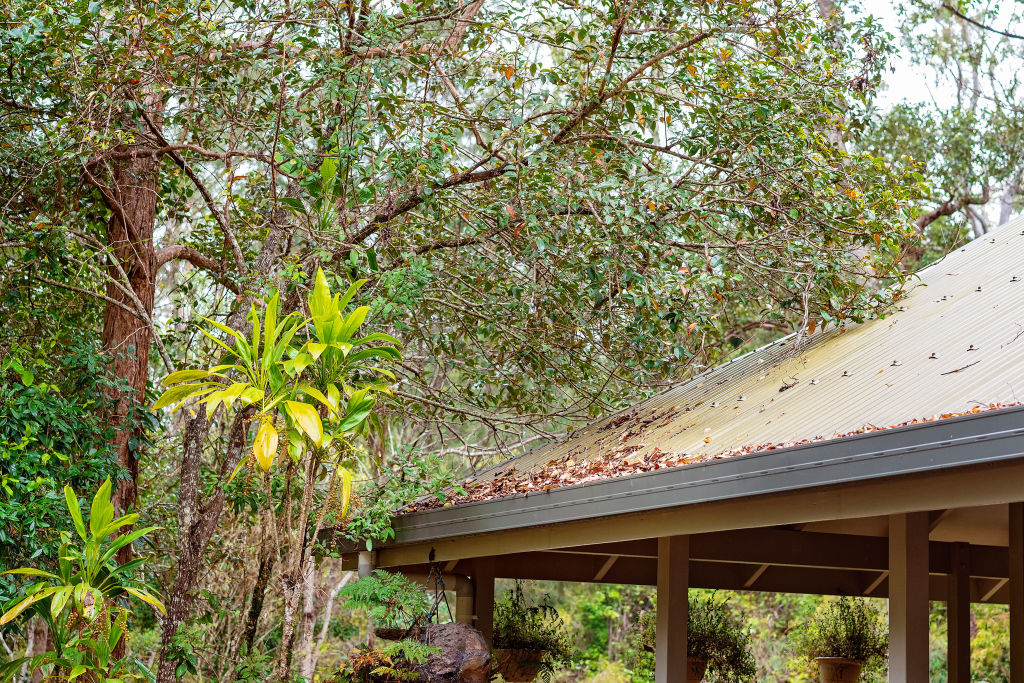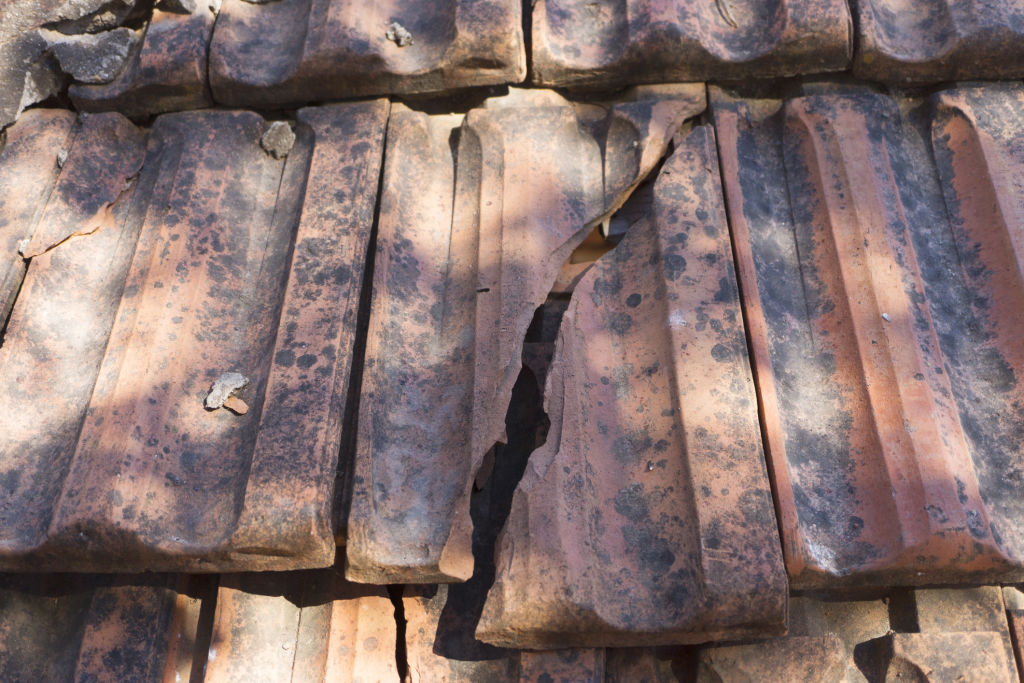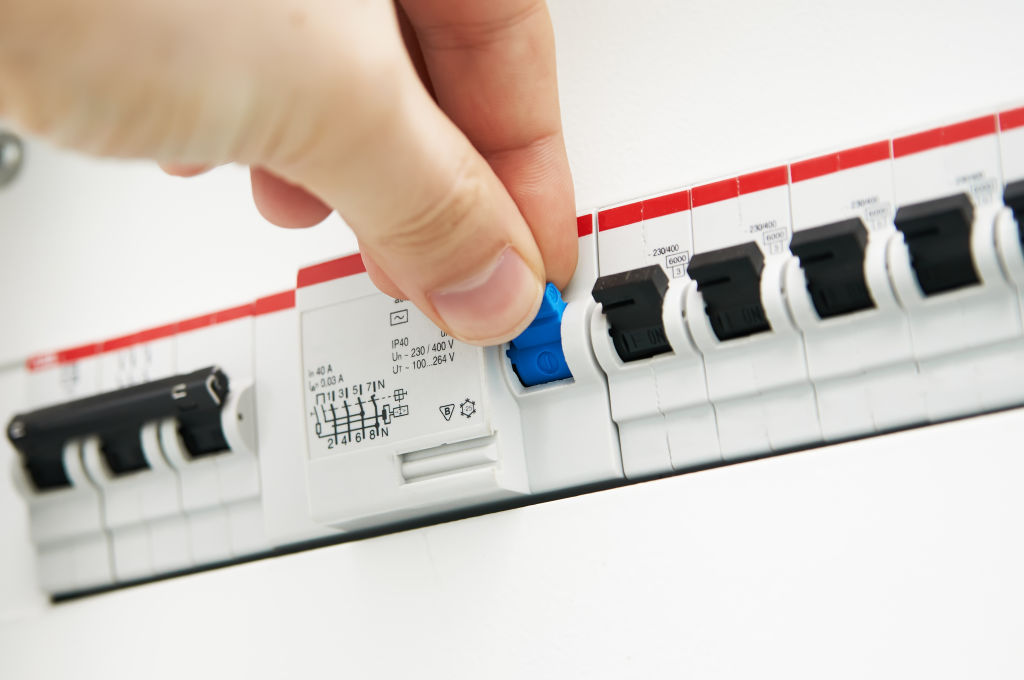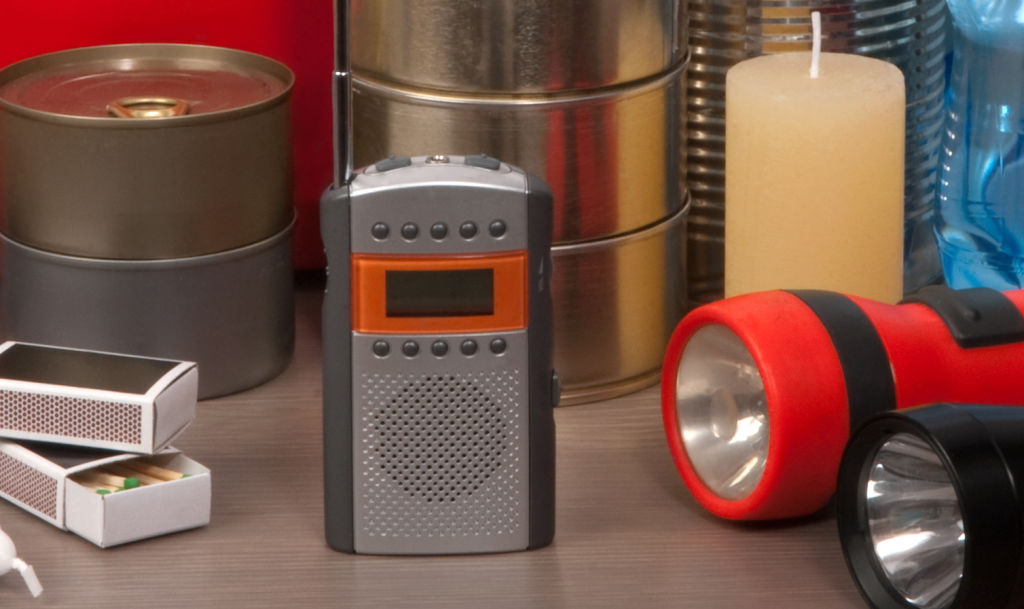The five-step checklist to prepare your home for wild summer weather

With the onset of a La Nina weather pattern, it’s likely that damaging weather conditions will sweep in, bringing storms, heavy, prolonged rain, and destructive winds.
As a result, it’s never been more important to be prepared. So, with that in mind, this simple guide will help you and your home get through what’s shaping up to be another tough summer.
1. Make sure your home is intact
One of the most important things home owners can do to protect their property against storm damage is to make sure that their building is intact and doesn’t leak.
Roof tiles that can become loose in a storm are potentially deadly, quite apart from the damage rain can do if it can then get in through the gaps.
If in doubt, it’s worth hiring a professional to conduct a roof assessment to pinpoint any damage or risks.
Also, ensure gutters, downpipes and drains are clear of debris and work effectively in heavy rainfall and, when a storm is on the way, tie down any loose items or outdoor furniture that could cause damage.

2. Be smart with electricity
At least one safety switch must be installed in all new or substantially rewired homes. In some states, a property can’t be sold without one.
“If you don’t have one already, arrange for an electrician to install one,” says Shaun Carney, principal of 44 Home Property Management.
“In the event of an electrical disruption such as a lightning strike, a safety switch will trip the power and prevent possible damage, fires, and deaths.”

3. Check and update your insurance
With weather conditions changing, there’s never been a more critical time to make sure that your insurance is in order, with your home often being your biggest, and most valuable, asset.
Premiums are affected by exposure to a range of risks, including natural disasters, but insurers tend to take a long-term view towards climate risk rather than focusing on short-term variability.
Fortunately for home owners, La Nina getting into full swing is unlikely to cause premiums to rise in the short term.

4. Listen out for warnings
Being prepared is a good 90 per cent of the battle against wild weather conditions, so make sure you know, well in advance, where any warnings will come from.
“Severe storms can bring strong winds that can knock down trees and cause flash flooding and lead to hailstones around two centimetres in diameter that can cause a lot of damage,” says climatologist Andrew Watkins, head of operational climate services at the Bureau of Meteorology. “So, you need to stay on top of warnings.”
Warnings, updates and advice will come on the radio – so make sure you have batteries in case the electricity supply fails – via the internet or Twitter from the Bureau of Meteorology, texts and TV.

5. Prepare an emergency storm plan
Prepare an emergency plan that can be activated at short notice in the event of a severe storm warning, which might involve hunkering down indoors with torches, spare batteries and plenty of water, or could include a list of things to pack in an evacuation.
And if you have to drive, remember to take care and never drive through floodwater, as even a small amount is unsafe.
NSW State Emergency Service Commissioner Carlene York said there had been more than 500 rescue requests this year alone from people in the state who have risked their lives by driving through floodwaters.
“You wouldn’t run into a bushfire, so never drive, walk or ride through floodwater – it’s incredibly dangerous for both you and the volunteers rescuing you,” she says. “It’s vital to know your flood risk and have an emergency plan in place.”
We recommend
We thought you might like
States
Capital Cities
Capital Cities - Rentals
Popular Areas
Allhomes
More







